The "Energy Saving" of Your LED Display Might Just Be Superficial!
When purchasing outdoor LED displays, many customers focus on one key question: Is it energy efficient? Almost every manufacturer claims their products are "low-power" and "highly energy-saving." But can you trust these "ultra-low power consumption" claims?
Why is there such a big gap between *rated power consumption and actual power consumption?
What defines a *truly* energy-efficient display? Today, we reveal the truth behind "energy-saving" outdoor displays.
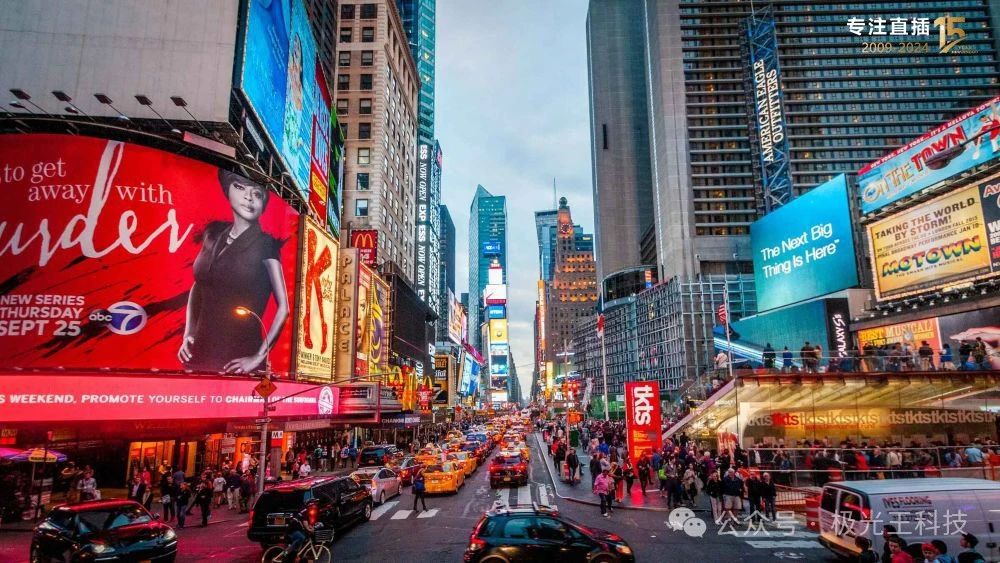
Part 1: Common Misconceptions About "Energy Saving"
Misconception 1: Rated Power = Real Power?
Most manufacturers only provide "rated maximum power consumption," but actual usage often far exceeds advertised values—especially under high brightness or high-temperature conditions.
Misconception 2: High Brightness = High Power Consumption?
Conventional wisdom suggests "higher brightness means higher power draw," but advanced LED packaging technology has broken this rule.
Misconception 3: Energy Saving = Sacrificing Brightness?
Early LED tech required lowering brightness to save power. But for outdoor displays, brightness directly impacts daytime visibility—reducing it means sacrificing image quality and advertising effectiveness.
Misconception 4: Adding Air Conditioning Solves Overheating?
Many displays rely on AC units for cooling—essentially "using electricity to save electricity," drastically increasing overall energy waste.
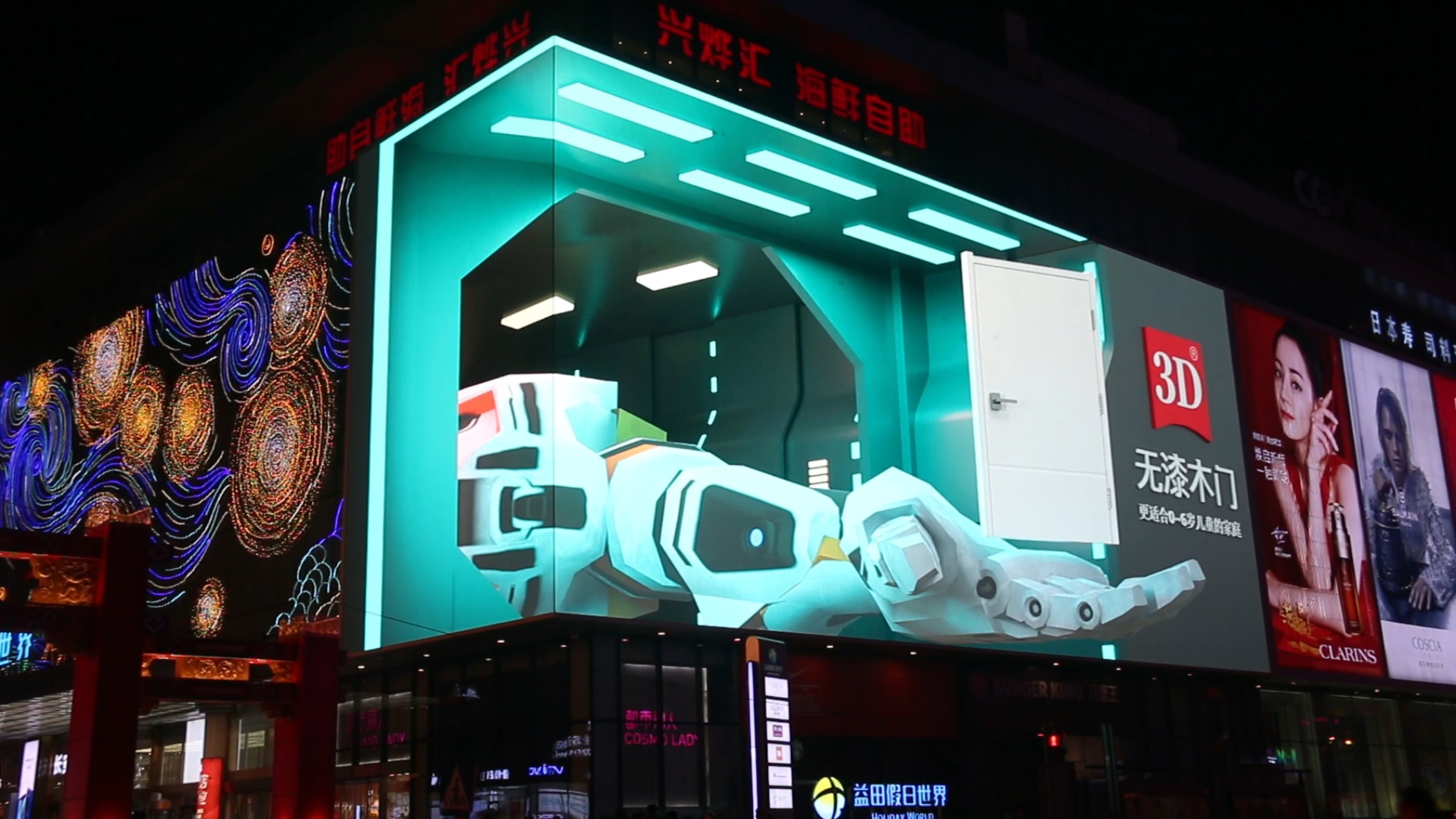
Part 2: What Truly Determines Energy Efficiency?
1. LED Chip Efficiency
High-efficiency LEDs (like Kingaurora’s **DIP570**) achieve **30%+ lower power consumption** at the same brightness compared to traditional chips.
2. Power Supply & Driver IC Efficiency
High-performance driver ICs reduce energy waste. Premium power supplies (≥90% conversion efficiency) minimize heat loss.
3. Structural & Thermal Design
Better heat dissipation = less wasted energy. Kingaurora’s **triple-layer cooling system** ensures stable operation **without external AC**.
4. Content & Smart Brightness Control
Full-white screens consume the most power, while dynamic content saves energy. Systems with **auto-brightness adjustment** further optimize consumption.
Part 3: How to Tell If Your Display Is Truly Efficient?
Is the average operating current abnormally high?
Does it require AC units to prevent overheating?
Are your electricity bills significantly higher than competitors’ for the same screen size?
After one year, does brightness degrade noticeably, forcing frequent replacements?
---
Part 4: Kingaurora’s Energy-Saving Technology Breakdown
1. High-Efficiency Light Emitter: DIP570 LED
30% higher luminous efficiency (proprietary packaging)
Lower power drawvs. traditional DIP346/SMD LEDs
<15% brightness decay over 5 years (all-weather durability)
2. Intelligent Power Management
≥92% conversion efficiency (minimizes heat waste)
Constant-current drive + optimized current distribution
3. Passive Cooling Structure
Aluminum alloy casing + thermal backplane (fanless design)
No AC needed** (stable in heat, humidity, and intense sunlight)
4. Smart Brightness Adjustment
Auto-dimming** (cuts power at night/overcast conditions)
Content-based energy optimization
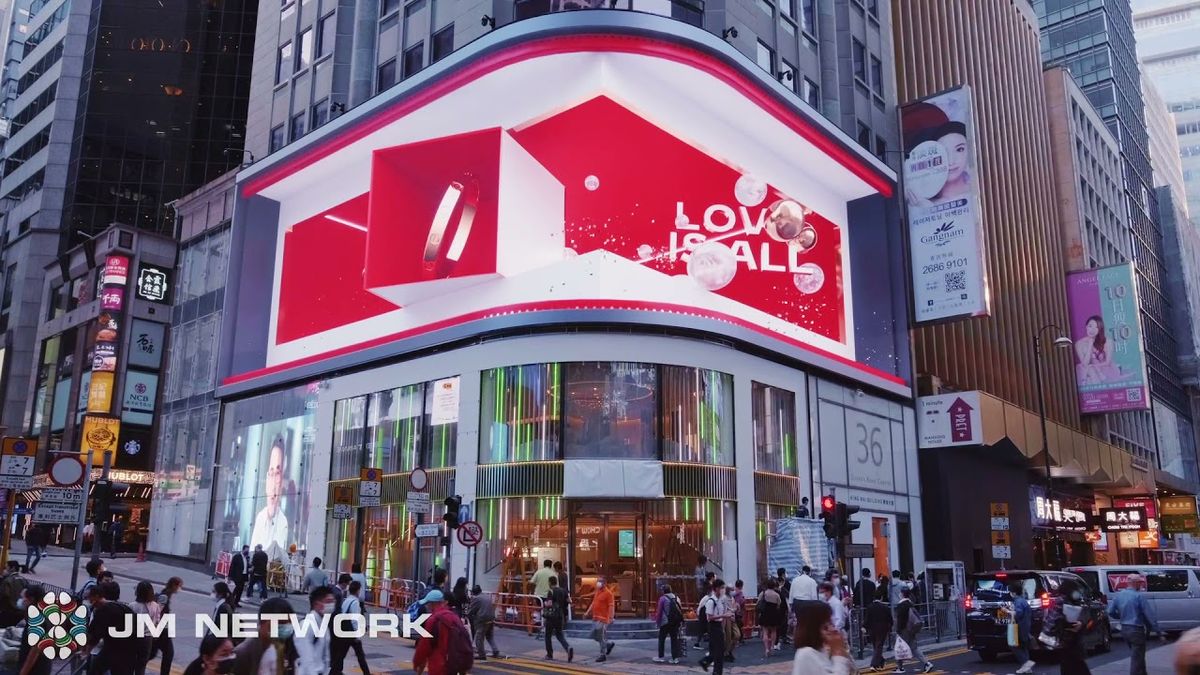
Kingaurora A Pro Series: True High-Brightness Energy Saving
The A Pro Series redefines outdoor displays with:
10,000nits brightness (visible even in direct sunlight)
30% lower power consumption vs. conventional displays
Natural heat dissipation (no AC dependency)
Smart adaptive brightness for 24/7 reliability
Energy efficiency isn’t a gimmick—it’s an engineering breakthrough. The A Pro Series delivers stunning visuals while slashing operating costs, proving that high brightness and low power can coexist.
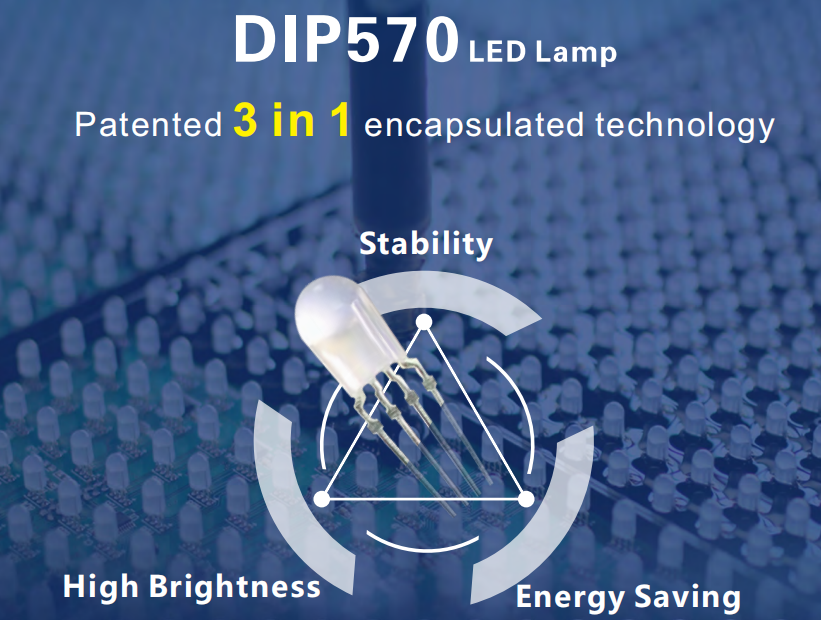








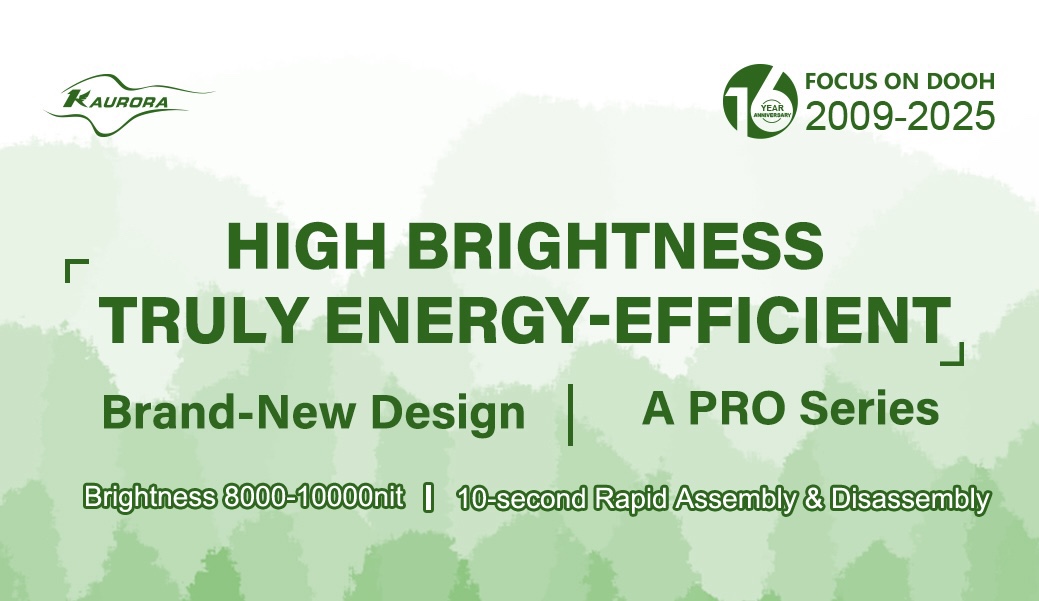
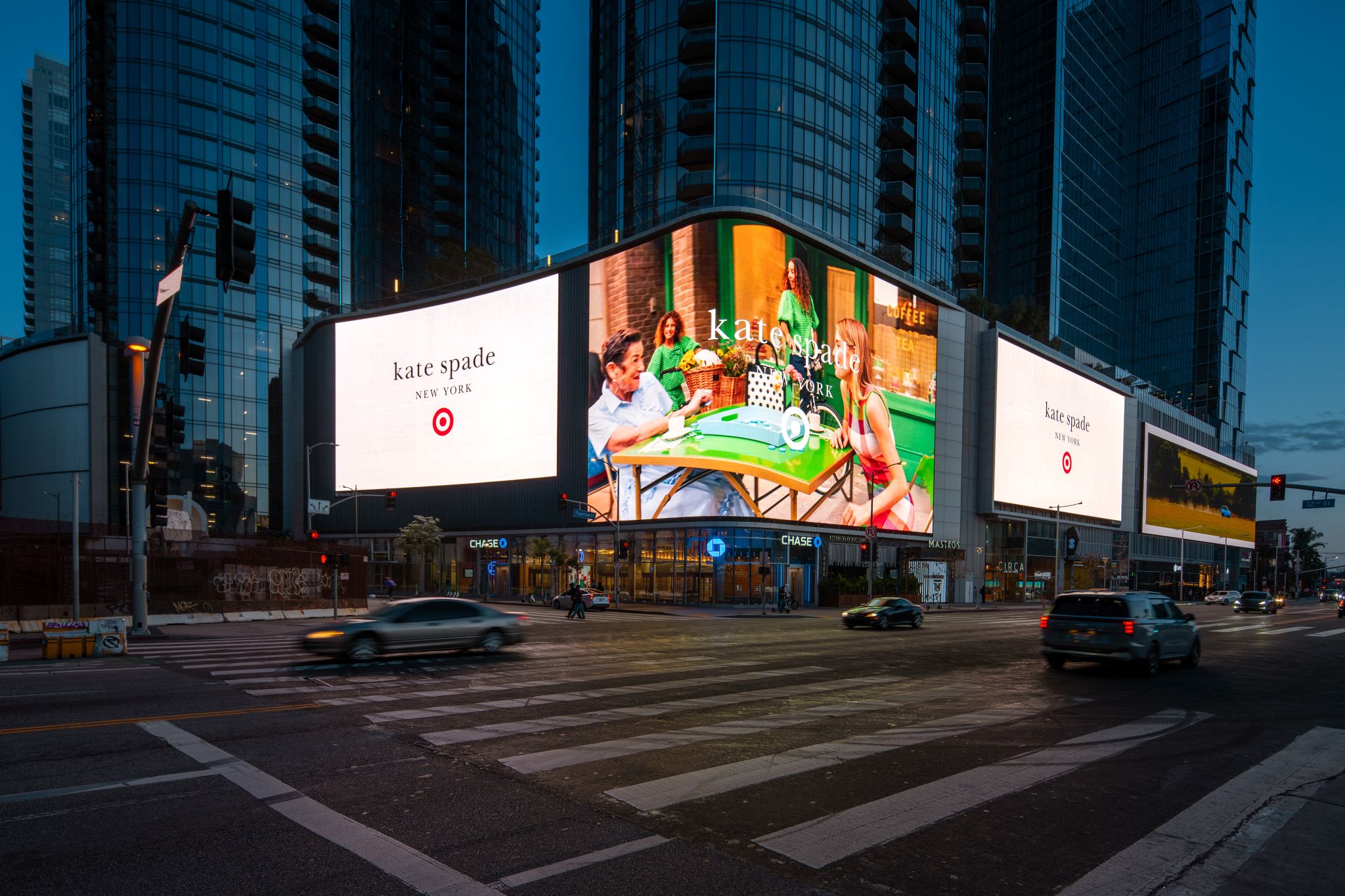

3th Building,Gaosite Zone Pingshan
New District, Shenzhen

sevice88@kingaurora.com
3th Building,Gaosite Zone Pingshan
New District, Shenzhen